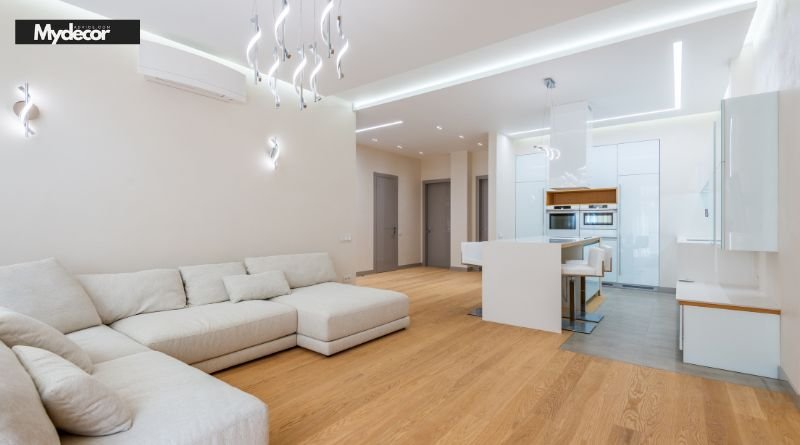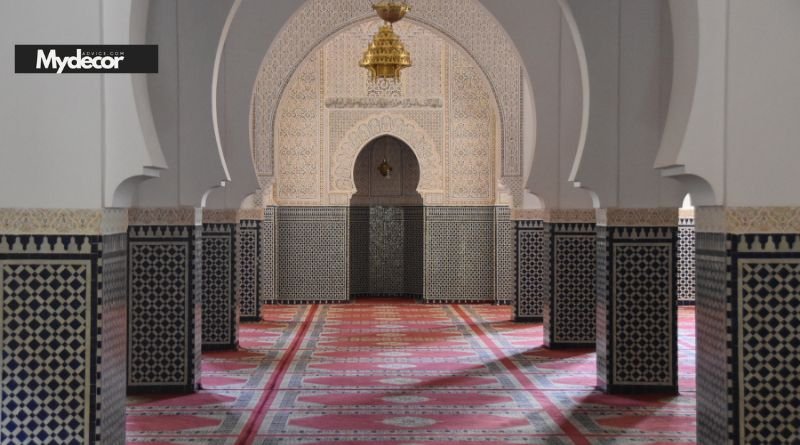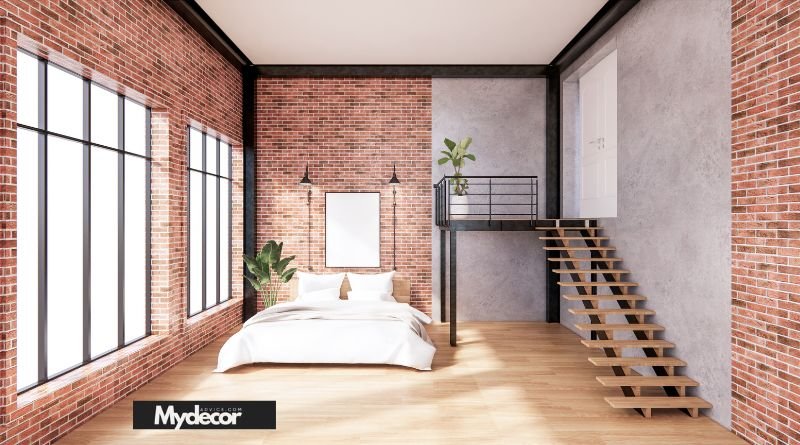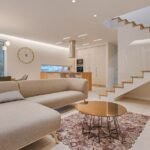Design styles play a crucial role in shaping the aesthetics, functionality, and mood of a space or object. Whether you’re designing an interior, creating a website, or choosing furniture, understanding various design styles can help you make informed decisions. This article explores popular design styles, their characteristics, and how they can be applied to different projects.
What Are Design Styles?
Design styles refer to distinct visual languages that guide the creation of objects, spaces, or experiences. They encompass elements like color schemes, textures, shapes, and materials. By adhering to a specific design style, you create a cohesive and harmonious aesthetic. From traditional and timeless to modern and eclectic, each style offers unique features and influences.
Popular Interior Design Styles

1. Modern Design
Modern design is characterized by clean lines, minimalism, and a focus on functionality. Originating in the early 20th century, it emphasizes simplicity and the use of modern materials like steel, glass, and concrete. Furniture often features smooth surfaces and neutral colors, while decorative elements are kept to a minimum.
- Key Elements: Neutral color palettes, open spaces, minimal decor, and functional furniture.
- Applications: Modern design works well in urban apartments and contemporary office spaces.
2. Traditional Design
Traditional design draws inspiration from 18th and 19th-century European decor. It is known for its rich colors, intricate details, and ornate furnishings. Symmetry is a significant aspect, with matching furniture and balanced layouts.
- Key Elements: Warm tones, classic patterns, and elaborate woodwork.
- Applications: Ideal for homes seeking a timeless and elegant aesthetic.
3. Scandinavian Design
Scandinavian design prioritizes functionality, simplicity, and a connection to nature. It is characterized by neutral tones, natural materials, and clean lines. The style emphasizes comfort and coziness, often incorporating elements like soft textiles and warm lighting.
- Key Elements: Light wood, neutral colors, minimalist furniture, and cozy accents.
- Applications: Perfect for creating calm, inviting spaces in homes and cafes.
4. Industrial Design
Inspired by warehouses and factories, industrial design features raw and unfinished elements. It combines exposed brick, metal, and wood to create a rugged yet stylish look. Furniture often includes reclaimed or repurposed materials.
- Key Elements: Exposed pipes, metal fixtures, and open layouts.
- Applications: Popular in loft apartments and creative workspaces.
5. Bohemian Design
Bohemian design, or boho, celebrates individuality and creativity. It blends colors, patterns, and textures from various cultures to create a unique and eclectic look. The style often includes vintage furniture, handmade decor, and a mix of natural and vibrant hues.
- Key Elements: Layered textiles, bold patterns, and global influences.
- Applications: Great for creating relaxed, free-spirited environments.
Graphic Design Styles
1. Minimalist Design
Minimalist graphic design focuses on simplicity and clarity. It uses a limited color palette, clean typography, and ample white space to communicate a message effectively.
- Key Elements: Fewer elements, strong visual hierarchy, and clarity.
- Applications: Effective for branding, packaging, and digital interfaces.
2. Vintage Design
Vintage design evokes nostalgia by incorporating elements from past decades. It often features distressed textures, retro fonts, and muted color schemes.
- Key Elements: Old-school typography, faded colors, and ornamental details.
- Applications: Frequently used in marketing for nostalgic or classic-themed products.
3. Abstract Design
Abstract design prioritizes creativity and non-traditional forms. It employs geometric shapes, unusual color combinations, and artistic interpretations.
- Key Elements: Bold shapes, experimental layouts, and vivid colors.
- Applications: Suitable for advertising, posters, and digital art.
Fashion Design Styles
1. Classic Style
Classic fashion emphasizes timeless pieces that remain in vogue for decades. Neutral colors, high-quality fabrics, and tailored fits are hallmarks of this style.
- Key Elements: Neutral tones, structured designs, and minimal embellishments.
- Applications: Ideal for professional and formal wear.
2. Streetwear
Streetwear blends casual and urban aesthetics, often inspired by music, sports, and pop culture. It incorporates bold graphics, oversized fits, and vibrant colors.
- Key Elements: Graphic tees, sneakers, and statement accessories.
- Applications: Popular among younger demographics and urban settings.
3. Bohemian Fashion
Bohemian fashion mirrors the eclectic and artistic aspects of boho interior design. It includes flowy fabrics, earthy tones, and intricate patterns.
- Key Elements: Loose fits, layered jewelry, and natural materials.
- Applications: Common in festival wear and casual attire.
Adapting Design Styles to Your Projects
Selecting a design style depends on your goals, audience, and resources. For instance:
- Interior Design: Consider the purpose of the space and its occupants’ preferences. Modern design suits busy professionals, while Scandinavian design is ideal for families.
- Graphic Design: Tailor your style to the brand’s identity and target audience. A minimalist approach works for tech companies, while vintage design fits artisanal brands.
- Fashion Design: Match the style to the wearer’s personality and the occasion. Classic fashion is perfect for corporate settings, while streetwear appeals to a younger audience.

Combining Design Styles
Mixing design styles can create unique and personalized aesthetics. The key is to balance contrasting elements harmoniously. For example:
- Eclectic Interiors: Combine modern furniture with vintage accessories for a dynamic look.
- Graphic Design: Blend minimalism with abstract elements to create eye-catching designs.
- Fashion: Pair classic pieces with bohemian accessories for a contemporary twist.
The Evolution of Design Styles
Design styles continuously evolve, influenced by cultural shifts, technological advancements, and societal needs. For instance, the rise of sustainable design reflects growing environmental awareness. Similarly, digital design trends often incorporate interactivity and user experience to meet modern demands.
Conclusion
Understanding design styles empowers you to make informed and creative choices across various disciplines. By exploring their characteristics and applications, you can craft environments, visuals, and clothing that align with your vision and goals. Whether you prefer the simplicity of modern design or the charm of vintage aesthetics, there’s a style to suit every need and preference.








